Table of Contents
Introduction
This article continues our exploration of “The Great Fitnah: The Story of the Conflict Among the Companions“ as the second installment in the series. We delve into the vital significance of authentic texts when examining the Fitnah period in Islamic history. The discussion highlights how scholars across three distinct historical phases—spanning from the eminent hadith scholars to modern-day academics—have dedicated themselves to carefully examining and authenticating these historical texts. We invite you to discover the complete series through the available link.
Purpose and Methodology
In this article, we will establish the scientific methodology that we must follow when researching this critical and sensitive topic. I will share with you the most important verified books that have carefully examined this period, which will be helpful for those who wish to study it in greater depth.
I feel it necessary to state from the beginning: these articles are written for the everyday Muslim seeking to understand these historical events. As mentioned in the first article, if not for the intense pressure we face from the Shia, the Nawasib, and the secularists, I would not have considered presenting these articles. By ALLAH, I would be deeply satisfied if discussions about this matter ceased, even if this series received no attention at all, for ALLAH knows that our purpose is to address existing concerns, not to provoke further debate.
Therefore, I am specifically addressing the Muslim reader. Naturally, I am not focusing on addressing the Shia, the secularist, the non-Muslim, the Westerner, or the orientalist – these are not my intended audience. My focus is on the Muslim who seeks understanding. In these articles, we will not engage in academic debates or respond to various claims. Instead, we will focus on explaining the events as they occurred, following our scientific methodology.
Understanding the Fundamentals of Fitnah Research
Research into the Fitnah requires understanding two essential elements: first, examining the events through authentic texts, and second, comprehending the wisdom behind why trials occur. If a Muslim researcher or individual approaches this topic without grasping these two aspects, their investigation will likely result in confusion, misunderstandings, and various problems, both in terms of scientific methodology and historical comprehension of the events.
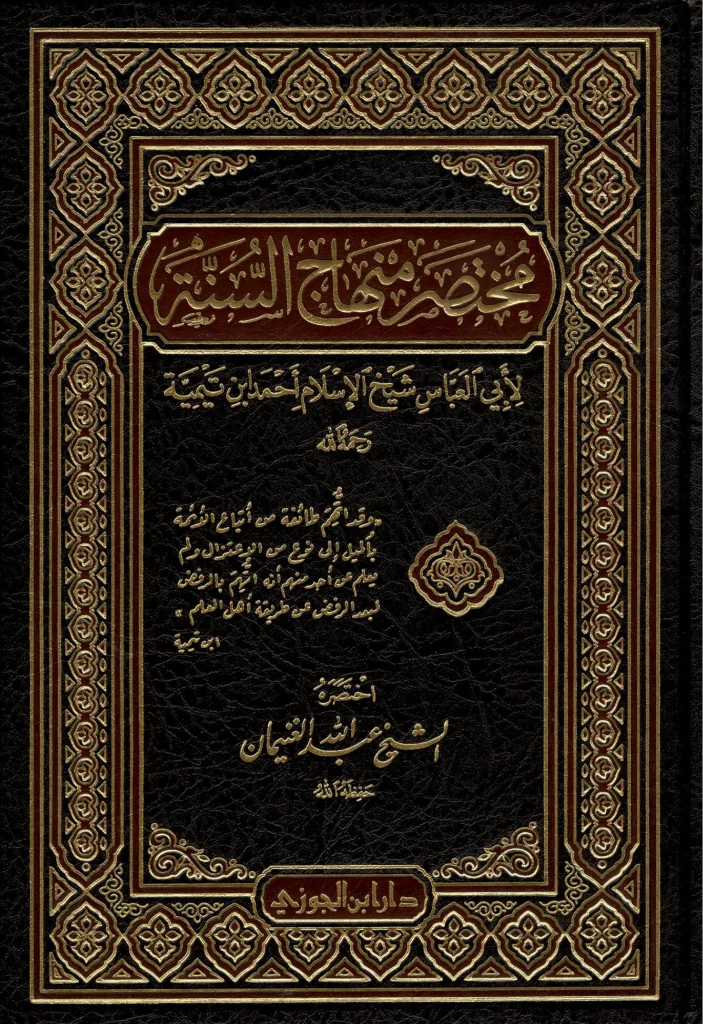
The reliance on authentic texts is crucial as it establishes a scientific method in the researcher’s mindset and tools. Similarly, understanding ALLAH’s wisdom behind the occurrence of trials is vital for Muslims as it fosters faithful acceptance and develops the importance of knowledge and understanding within the researcher’s heart and mind. In this article, our focus will be on examining authentic texts.
To begin with, every field of study – indeed, every research endeavor, even before it becomes an established science – requires us to identify the fundamental truths, established facts, primary principles, and authentic information that scholars universally accept before delving into the unknown aspects, mysteries, or nuances of the subject. These authentic, fundamental truths serve as our starting point and the foundation upon which we build to explore deeper details, mysteries, and unknown aspects.
A subject cannot truly be considered a science if it lacks clear primary truths, and no research process can begin without being firmly grounded in established primary principles that have proven validity and acceptance. Any research must begin from points of definitive validity and accepted authenticity. Therefore, when studying the Fitnah period specifically – given its complexity and the diversity of viewpoints about it – we must extract the authentic texts that will serve as our foundation and research basis.
The Essential Nature of Authentic Historical Documentation
Scientific honesty and methodology are vital for more than one reason. First, as a matter of proper research conduct, this applies to every field of study. Whether we’re investigating physics, Christian history, Jewish history, or Buddhism, we must consistently rely on factual evidence – this is fundamental to any research process.
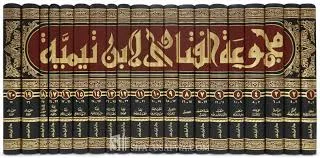
The second reason stems from the religious nature of our subject, as these Companions were the transmitters of our religion, and they themselves are an integral part of it. The Companions represent the foundational figures of Islam – they are its pillars, the ones who built its framework, spread its message, and conveyed its teachings. They serve as role models for all Muslim generations. Therefore, our understanding of the Companions must be crystal clear and presented with the utmost precision and detail.
Another religious aspect relates to the period of the Rightly Guided Caliphate, which represents an era of political legislation for Muslims. As the Prophet (Peace be upon Him) stated in the well-known hadith of Al-‘Irbad bin Sariya:
“You must follow My Sunnah and the Sunnah of the Rightly Guided Caliphs after Me; hold on to it with your molar teeth“1
Since we are commanded to follow the way of the Rightly Guided Caliphs, examining their methods and understanding their approach is essential for comprehending our religion.
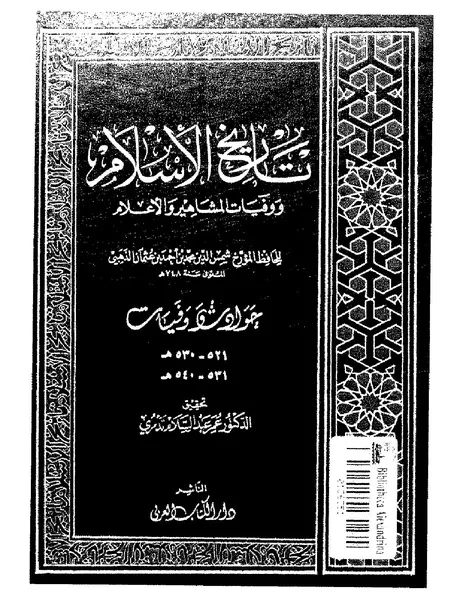
The third reason is that being lenient with authentic texts will lead us into a mixture of unclear perceptions, opinions, and personal desires. This has historically resulted in the formation of deviant misguided sects, namely the Rafidha, Nawasib, and Khawarij. These groups emerged because they strayed from authentic texts, and they have caused significant harm throughout Muslim history, particularly the Shia and Khawarij. Indeed, it would be impossible to count all the hardships Muslims have endured because of these two sects: the Rafidha and Khawarij.
The Historical Impact and Continuity
The Muslim community continues to endure these adverse effects – from the time of the Fitnah until today, spanning more than fourteen hundred years. The Ummah continues to pay with the lives of its people, its children, its resources, and through the dominance of its enemies, largely due to these deviant misguided sects. They have truly been like a deep wound in the heart of the Muslim community from within.

These sects have frequently served as gateways through which the Ummah’s enemies have infiltrated the community. Many times, they have acted as barriers to the Ummah’s advancement, hampering and disrupting crucial opportunities for expansion during irreplaceable golden moments – a matter whose full explanation is extensive and well-known to those who have studied history.
Furthermore, these sects have often led to people abandoning Islam, as we see with secularists who have gone astray through them. For instance, secularists and even Western orientalists have used the Shia’s deviation and their criticism of the Companions as a basis to criticize the entire religion. The point here is that when our understanding isn’t based on authentic texts, the picture formed in our minds from weak and fabricated texts leads to a distorted image. This distortion can lead people to disrespect the Companions and the religion itself, or even create a false narrative that aligns with their desire to break away from and demean religion.
For all these reasons, when a researcher approaches the study of the Fitnah period, their primary responsibility must be to begin by identifying authentic texts to rely upon. We will find that these texts provide us with invaluable insights.
Benefits of Authentic Texts and Historical Understanding
The first benefit is that these authentic texts educate us about the Companions and their uprightness, which requires special attention. The Companions differ from other historical figures in how we evaluate them. With other historical personalities, we try to understand them through their apparent actions while remaining unaware of their inner thoughts and feelings.
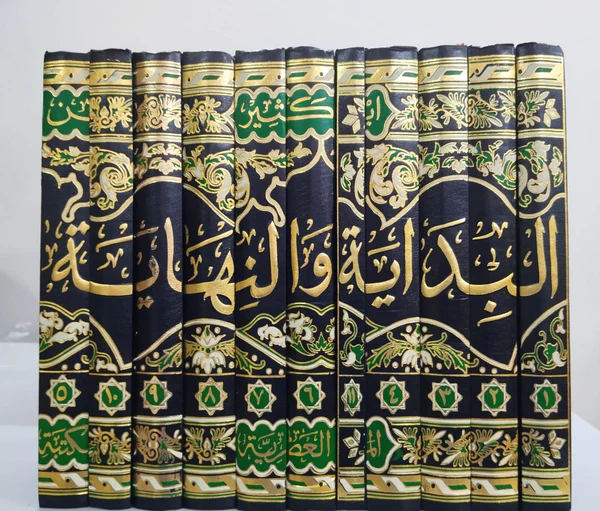
However, with the Companions, we have established through authentic Quranic and Prophetic texts that ALLAH praised and commended them. Through this, we know their inner nature and understand that they were righteous and harbored only good intentions, even when they made mistakes or fell into sins – which is natural for all humans. The Quranic and Prophetic praise of the Companions illuminates an aspect that remains completely unknown in all other historical figures – the deep dimension of their inner selves.
For this reason, historians may err when interpreting the actions of any historical figure because they cannot know their purposes and intentions, being limited to what is apparent. However, these texts have established for us the nature of the Companions and their virtue, so we must seek the best interpretation of their actions and deeds, because their virtue has been confirmed by the praise of their Creator, who knows them best.
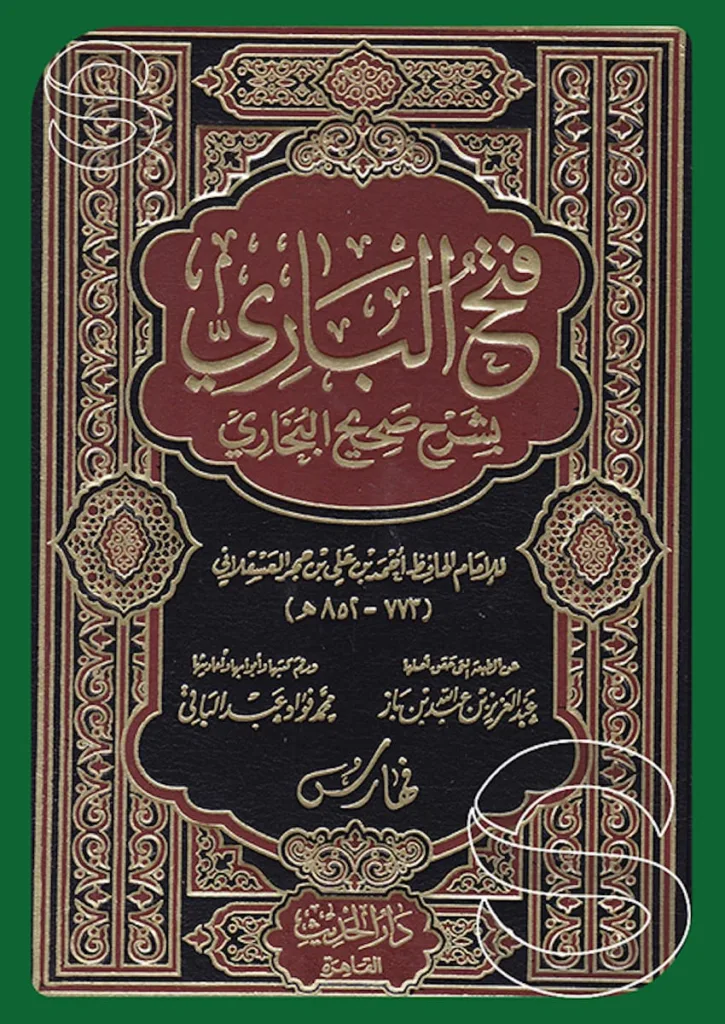
The second benefit of relying on authentic texts is that they help us identify and remove the exaggerations and falsehoods that storytellers, fabricators, and people of deviant sects have inserted into historical accounts. Without authentic texts, we cannot distinguish truth from falsehood or reality from exaggeration in other narrations.
Authentic texts not only establish facts, but they also help us measure the extent of deviation, exaggeration, and falsification present in other narrations that are weak or fabricated. This allows us to evaluate weak narrations based on what we have learned from the authentic texts.
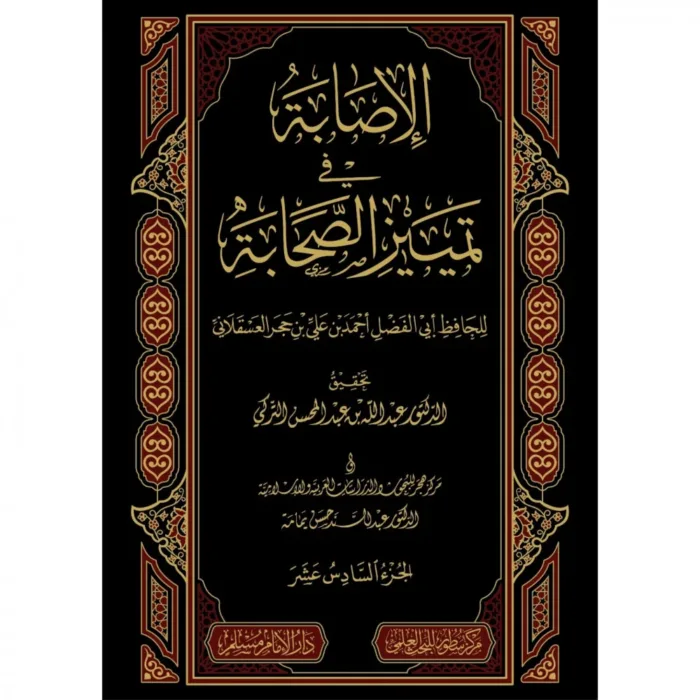
The other narrations may blend truth with falsehood, or events might be mixed with the narrator’s or historian’s interpretation. Through authentic texts, we can identify which portions of altered or falsified reports are acceptable, and we can also determine the source of flaws in reports. These flaws might arise from a narrator’s dishonesty, bias, carelessness, or misinterpretation.
The Scholarly Evolution in Historical Documentation
The task of extracting authentic historical texts from the era of the Rightly Guided Caliphate has been undertaken by numerous Muslim scholars and historians who invested tremendous effort in this work. These scholars form an extended noble succession, but to simplify matters, we can discuss three major stages in the collection of authentic texts.
The first stage belonged to the great hadith scholars, including the ranks of Malik, Al-Shafi’i, Ahmad, Al-Bukhari, Muslim, and other scholars of hadith. These scholars were dedicated to presenting authentic narrations and evaluating the work of many narrators in their scholarly works.
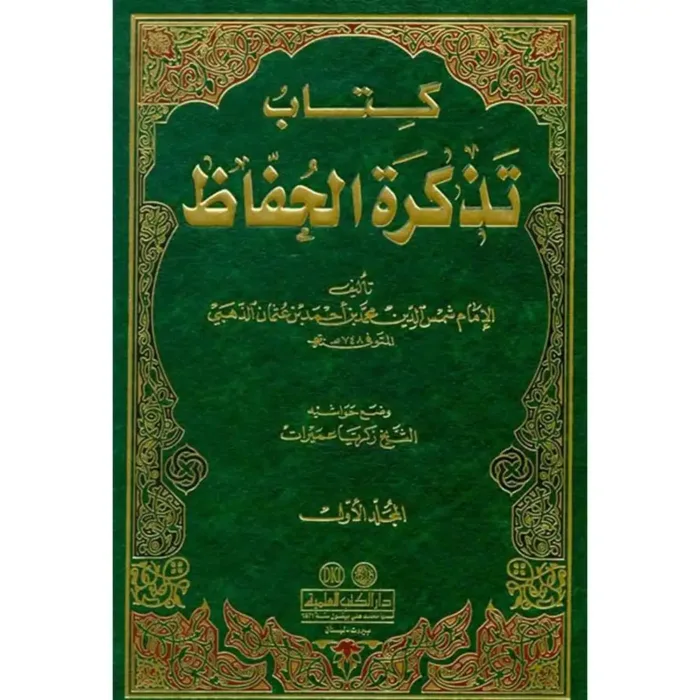
The collections of Prophetic Sunnah contain extensive historical accounts related to the Fitnah. The advantage of these collections – the books of Sunnah – is that they attribute information to specific narrators. The methodology of hadith scholars, the people of chain of narration and hadith, always enables the testing of both the narration and its narrators, allowing comparison between different narrations and different narrators.
This stage witnessed intensive efforts focused on authenticating narrations related to the Prophetic hadith, achieving an unprecedented accomplishment in human history that remains unmatched. Indeed, the Islamic nation stands unique in developing the science of chain of narration, narration, men, and classes – no other nation possesses this science.
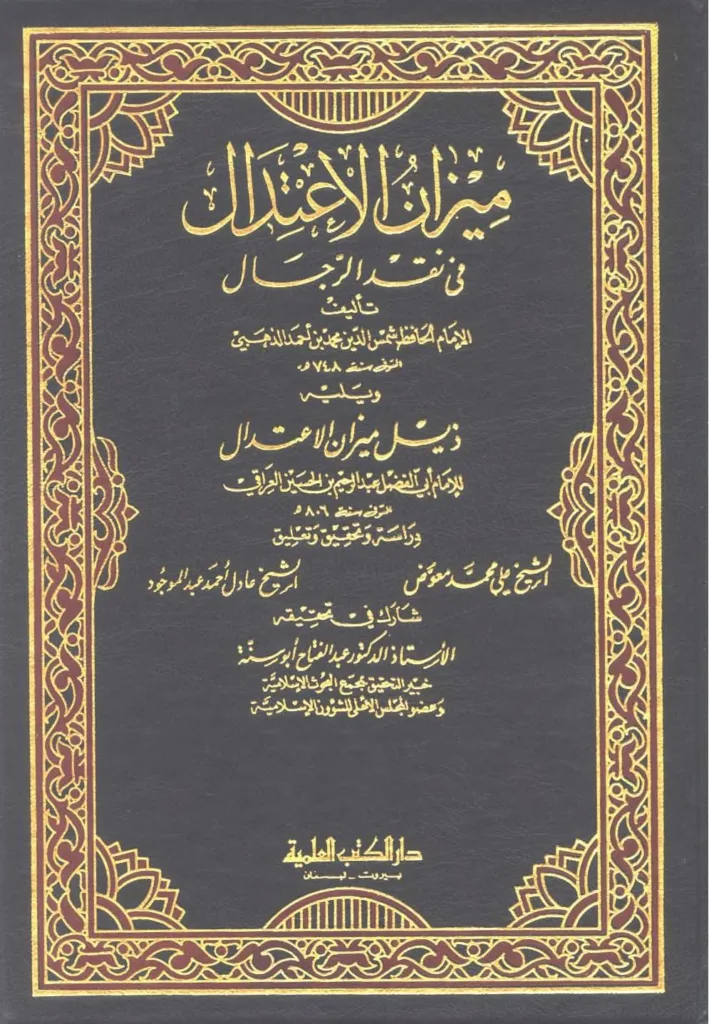
However, historical books remained at a lower level of scrutiny, as considerable leniency in narration dominated the historical material in our heritage. The early Muslim historians typically followed a method of gathering and accumulating narrations. The scholarly tradition of that time was to collect all existing material and expand chains of narration and narrations to the greatest possible extent. We consider this as the collection stage in historical documentation. Thus, this first stage was marked by the great hadith scholars who extracted authentic narrations from the available material.
The Second Stage of Historical Authentication
Then came the second stage – occurring approximately during the eighth and ninth centuries AH, primarily in Egypt and the Levant. This phase began around the time of Imam Ibn Taymiyyah, Shaykh al-Islam, and concluded with Imam Al-Hafiz Ibn Hajar, including other renowned scholars such as Imam Al-Dhahabi and Imam Ibn Kathir. These four scholars in particular – Ibn Taymiyyah, Al-Dhahabi, Ibn Kathir, and Ibn Hajar – represented a crucial phase in refining historical reports and providing commentary on them. Each of them produced at least one major work addressing the Fitnah period.
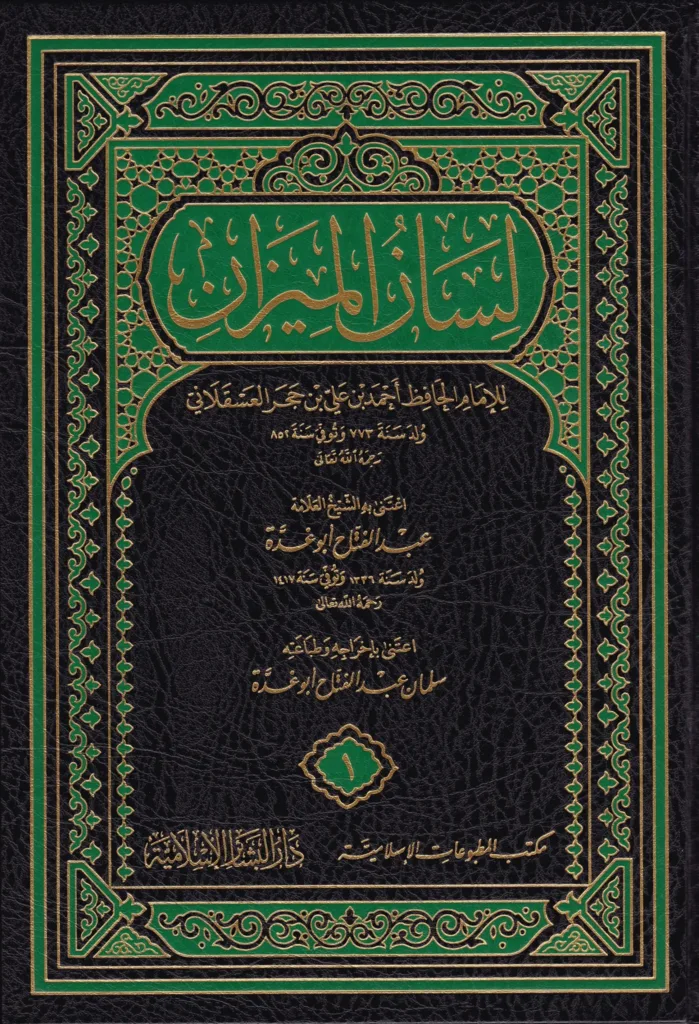
For instance, Ibn Taymiyyah authored “Minhaj al-Sunnah al-Nabawiyyah” and “Majmu’ al-Fatawa“, both containing extensive work in extracting and commenting on reports. Imam Al-Dhahabi produced two great encyclopedias: “Tarikh al-Islam” and “Siyar A’lam al-Nubala“, along with other less extensive works. Imam Ibn Kathir wrote his famous historical book “Al-Bidayah wa Al-Nihayah“, while Imam Ibn Hajar created the masterful encyclopedia “Fath al-Bari“, explaining Sahih al-Bukhari, and his book “Al-Isabah fi Tamyiz al-Sahabah“.

“Fath al-Bari” contained numerous historical corrections for the period of the Rightly Guided Caliphate. These scholars also wrote specialized books about men and narrators, such as “Tadhkirat al-Huffaz“, “Mizan al-I’tidal“, “Lisan al-Mizan“, “Tahdhib al-Tahdhib“, and other works well-known to those who study the Sunnah. During this stage – the eighth and ninth centuries AH – extensive criticism was conducted on the historical reports that the first generation of pioneering historians had collected.
The Contemporary Stage of Historical Research
Then came the third stage involving contemporary scholars, where verification efforts truly reached their peak. This intensification occurred due to the strong influence of Westernization and Orientalist dominance, as well as Shiite Rafidhi influence. As mentioned, both groups – the Orientalists and Shia – reproduced narratives that distorted the image of the Companions and early Islamic era. The Orientalists naturally aimed to criticize Islam as a whole, while the Shia sought to criticize all Companions except those who supported Ali (may ALLAH be pleased with him).
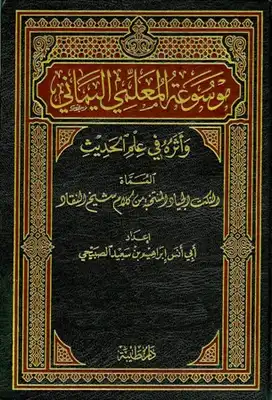
This scholarly effort began, we can say, with Sheikh Abdul Rahman Al-Mu’allimi Al-Yamani (may ALLAH have mercy on him) whose works were compiled in “The Complete Works of Sheikh Abdul Rahman Al-Mu’allimi Al-Yamani“. He was one of the great pioneering hadith scholars. During and after his time, there were other contemporary hadith scholars: Sheikh Ahmad Shakir in Egypt, Sheikh Nasir Al-Din Al-Albani in the Levant, Sheikh Shu’ayb Al-Arna’ut in the Levant, Sheikh Hussein Salim Asad, and WasiyuLLAH Abbas.
These prominent figures in the science of hadith verified the collections of Sunnah, and their verification work was an enormous contribution that historians relied upon. These scholars that I mentioned verified the most famous books of Sunnah, which are the four Sunan: Abu Dawud, Al-Tirmidhi, Al-Nasa’i, and Ibn Majah, along with Musnad Imam Ahmad, and the rest of the nine books. Throughout their verifications, they would indicate the status of each narration, thus providing historians with valuable insights in determining the ranking of these numerous narrations.
The Great Journey of Historical Rewriting
Then began what I call the great journey – the journey of rewriting Islamic history based on authentic texts. The pioneer of this journey was perhaps the sheikh of contemporary historians, the Iraqi scholar Dr. Akram Dhiya Al-Omari. He guided his graduate students at the Islamic University in Medinah, as well as at other institutions like Umm Al-Qura and Imam University, encouraging them to write their historical academic theses using the methodology of hadith scholars in documenting history.
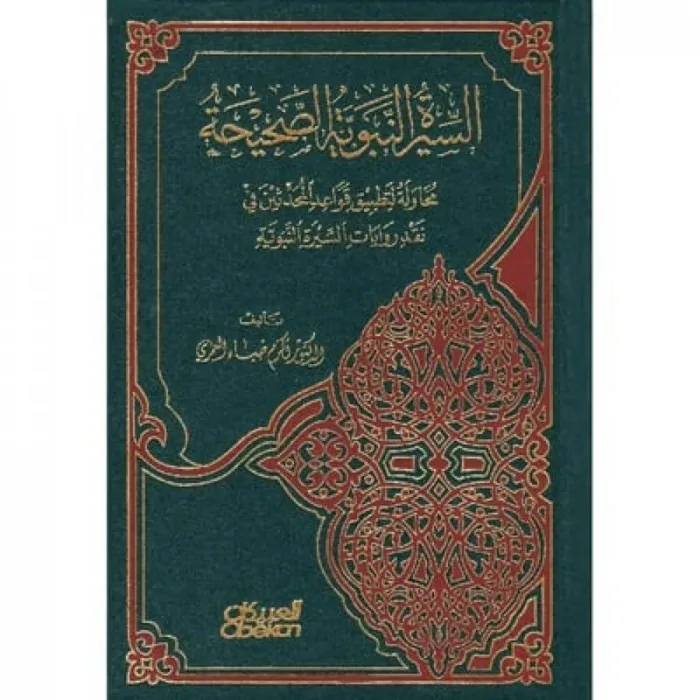
He supervised several theses about events from the Prophetic biography and compiled their findings in his significant book “The Authentic Prophetic Biography“, published in the early nineties, about thirty-five years ago. He then supervised another group of theses focusing on the period of the Rightly Guided Caliphate and summarized this work in his book “The Era of the Rightly Guided Caliphate“.
The notable studies that Dr. Akram Al-Omari personally supervised inspired others to follow their methodology, resulting in numerous important books. For our current topic, these books are available for those who wish to explore the subject in greater depth.
Significant Works in the Field
The book “The Fitnah of the Murder of Uthman bin Affan” by Dr. Muhammad bin AbduLLAH Al-Ghabban examines the period of Fitnah during the era of our master Uthman bin Affan. Of course, these books – I want to emphasize again – are works that thoroughly surveyed the narrations, provided commentary on both authentic and weak narrations, and extracted historical accounts from authentic sources.
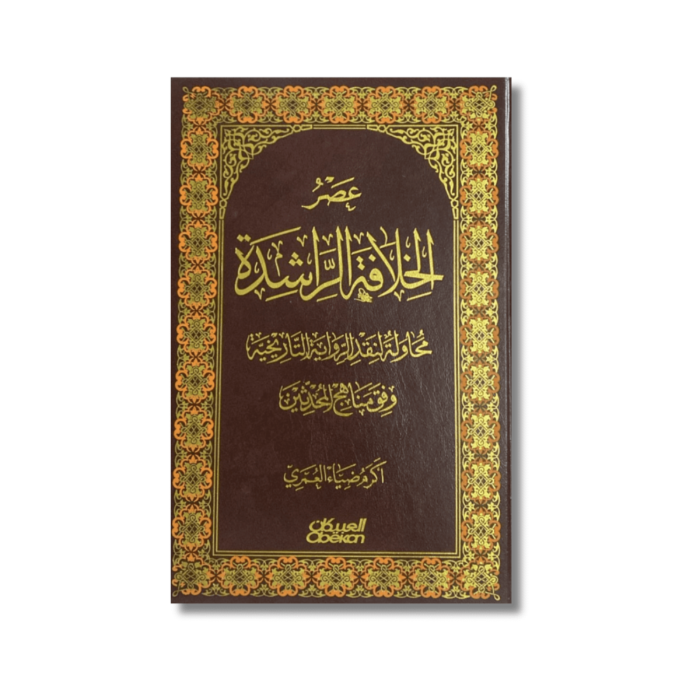
The second book is “The Caliphate of Ali ibn Abi Talib” by Dr. Abdul Hamid Nasir Faqihi. The third book is “The Rightly Guided Caliphate and the Umayyad State from Fath al-Bari“, compiled by the esteemed Dr. Yahya Al-Yahya – in this book, you will witness the brilliant historical insight of Imam Ibn Hajar.
Modern Academic Contributions
The fourth book, also by Dr. Yahya Al-Yahya, is “The Narrations of Abu Mikhnaf in Tarikh al-Tabari” covering the era of the Rightly Guided Caliphate. Abu Mikhnaf is one of the most well-known narrators and a staunch Shiite narrator responsible for their accounts. In this work, Al-Yahya compared what appeared in Abu Mikhnaf’s narration in Al-Tabari with other sources, creating a very valuable book. Another important work is “The Martyrdom of Uthman and the Battle of the Camel in the Narrations of Sayf ibn Umar Al-Tamimi in Tarikh al-Tabari“, which is the thesis of Dr. Khalid Al-Ghaith (may ALLAH preserve him).
This great journey inspired other researchers to contribute their efforts to this field. Among the most significant contributions was the work of Dr. Muhammad Tahir Al-Barzanji, who took on “Tarikh al-Tabari” – our great historical collection – and separated it into authentic and weak narrations. He compiled the authentic narrations into five volumes titled “Sahih Tarikh al-Tabari“, and placed the weak and uncommented narrations in another eight volumes under “The Weak and Uncommented Upon in Tarikh al-Tabari“.
These scholarly efforts culminated in a significant publication released recently – five years ago from now – published in 2019: “Authentic Reports of Siffin, Al-Nahrawan, and the Year of Unity” by Sheikh Dr. Fawaz bin Farhan Al-Shamri. Though still a young researcher, he invested tremendous effort in this two-volume work.
I learned a few days before writing these articles that he is preparing a second edition with additional narrations. The first edition contained over six hundred authentic narrations, and he has added more to approach seven hundred in the new edition, which will, ALLAH willing, provide much benefit.
Modern Research Methodology and Merit
The book stands out for combining three significant merits: First, it is the most comprehensive collection of narrations – at least to my knowledge. Second, its author – I ask ALLAH to bless him and count him among the sincere ones – is highly skilled in the science of hadith, which gave him extensive ability to extract and track the paths of reports. Third, he wrote a historical methodology in the introduction, which he called historical terminology, following the approach of Asad Rustum when he wrote “The Terminology of History“, aiming to establish terminology similar to that of hadith.
This research that Dr. Fawaz bin Farhan Al-Shamri initiated detailed the scientific method that should be applied to narrations. This was necessary because strictly adhering to the methodology of hadith scholars limits historical documentation, as their extremely strict standards leave too little material to paint a clear historical picture.
On the other hand, being too lenient with weak narrations would overwhelm us with distorting and deviant accounts – precisely what we aimed to avoid. Therefore, this methodology, which Dr. Fawaz detailed and implemented in his book, was significant. However, I should mention that others had practiced this approach before him, though they hadn’t written it in this theoretical pattern, instead applying it practically through experience, knowledge, and practice. Dr. Fawaz‘s detailed explanation of this methodology represents a mature development that all future historians can benefit from.
Comprehensive Reference Works and Modern Editions
These books have become indispensable for anyone researching early Islamic history. Through rigorous scholarly investigation, they have illuminated our understanding of this historical period. We ask ALLAH, the Almighty, to reward their authors with the finest rewards HE bestows upon HIS righteous servants.
With these works, I believe the foundational research for this historical period has been completed, especially with the latest addition. Naturally, the field remains open for further additions, refinements, and varied applications, as the saying goes:
“How much the predecessors have left for the successors, and how much more can be achieved beyond what has been done“
This effort in academic theses has been complemented by other work in extracting narrations from major encyclopedic works. Most significant for our topic is the encyclopedia “Al-Musannaf” by Ibn Abi Shaybah. This book contains numerous reports about the Fitnah, with a dedicated section at its end titled “The Book of Fitan“.
In the past fifteen years, three editions of “Al-Musannaf” have been published: The first was edited by the hadith scholar Sheikh Muhammad Awamah, who provided minimal commentary on the narrations. Two subsequent editions followed: one edited by Usama bin Ibrahim, and another by Sheikh Dr. Saad bin Nasser Al-Shatri. These later editions focused on evaluating the narrations in this comprehensive work, clarifying their degrees of authenticity and weakness.
Alongside these efforts, a series of academic theses from the Department of Sunnah at the College of Usool al-Din, Imam Muhammad bin Saud University, has worked on extracting narrations from “Al-Tabaqat al-Kubra” by Ibn Sa’d. “Al-Tabaqat al-Kubra” is an extensive scholarly encyclopedia covering the most important figures in early Islamic history, including those who witnessed the era of the Fitnah that we are discussing in these articles.
Conclusion and Future Prospects
There remain some encyclopedias that need verification and extraction, but we can say that all these scholars have provided a valuable service to Islamic history through their efforts. Their work will, ALLAH willing, serve as a foundation for future endeavors. We ask ALLAH, the Almighty, to reward them with the best of rewards.
However, we can confirm that the most important historical books related to the period of the Fitnah have been studied, and the authenticity of their reports has been distinguished. There is no longer any excuse for anyone exploring this topic without reflecting on and benefiting from these foundational works.
This concludes our discussion about the importance and necessity of relying on authentic texts, and these are some of the sources. In the next article – ALLAH willing – we will explore the wisdom behind the occurrence of trials.
We ask ALLAH, the Blessed and Exalted, to teach us what benefits us and to benefit us from what HE has taught us and to increase us in knowledge.
Sources:
- Mohamed Elhamy. قصة الفتنة الكبرى | 2. أفضل مصادر تاريخ الفتنة بين الصحابة | محمد إلهامي. YouTube Video.
- Sunan Abi Dawud ↩︎

